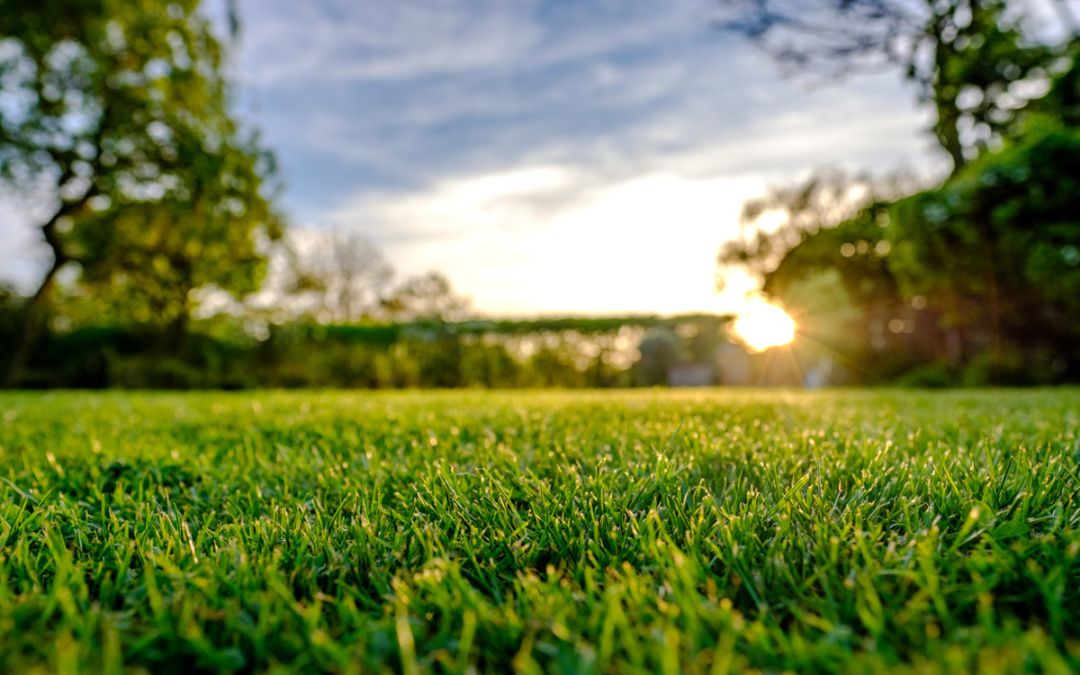At their essence, grasses are an extraordinary solar collection system. They capture rays of sunlight and, through photosynthesis, change it into energy for growth. Grasses also extract minerals from the soil. There is even growing scientific evidence that they are a more effective carbon capture mechanism than trees.
We are zealous grass guardians! We understand that healthy grass is the key to our ability to provide tasty, nutritionally-dense meats and eggs. That’s part of the reason we manage our animal movements more intensively than many. We carefully monitor how long any animal impacts an area.
Grazing animals also have a positive impact on pastures. They eat down tall grasses which allows other grasses to gain access to sunlight so they can begin their own growth cycle. They keep briars and brambles from encroaching. Briars are the first movers in re-forestation that is a natural tendency in this part of the country.
The miracle of grazing animals is they can take the nutrients locked in grasses that our bodies aren’t able to process and convert them into meat that our bodies can digest. That’s why cattle have three stomachs, to breakdown the fiberous grasses into a nutritionally-accessible mass.
Our cattle herd is moved onto fresh pasture daily. In order to give them access to daily water, though, we often let them have access to previous day or two of pasture. The goal is to reduce the likelihood of damaging over-grazing. We then rotate them through our pastures in such a manner that they don’t come back to the same blades of grass until the plant has had time to fully recover.
Managing the nutrient load our livestock deposit onto the grasses is as important as managing for overgrazing. A little manure is grass heaven; too much is hell. Animals, such as chickens, can over-fertilize pastures. That’s why we move our chickens on a regular basis.
Our egg-laying hens are moved every one to two weeks. Since they are contained in a large area they do less damage per day than the broilers. In fact the worse damage from layers can come from their scratching the soils looking for bugs or just exposing a choice patch of dirt for dust baths. Our broilers live in a smaller shelter with less room to roam. To compensate for this they are moved daily. We only allow broilers onto the same patch of grass once a year.
It’s a careful balancing act that we have far from perfected. But knowing that grasses and the soil are living organisms that must be nurtured, not mined, is a key tenet to our farming philosophy. We hope that, over time, our management efforts will see our pastures become more lush and able to comfortably sustain more livestock.

